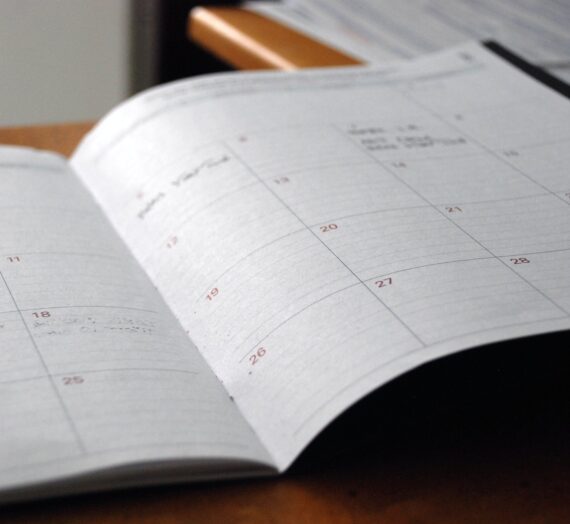One term you will never hear me use in this blog is zero-waste. Why? I think those particular words can make the idea of reducing waste more overwhelming than it needs to be. We all create waste in varying amounts. Some people can scale down to the point where they only create a small jar of trash in an entire year. I am not one of those people, but I do try to focus on making LESS waste than I used to.
The idea of low-waste living is a lot easier for most people to comprehend and implement than zero-waste, so that is the main term I will use when discussing ways to reduce waste in everyday life.
If you are new to low-waste living, I think the best place to start is to understand what it ISN’T. It isn’t getting rid of all the plastic bags and food storage containers in your house. It isn’t going out and buying only metal, glass, silicone, and plastic-free items. It isn’t swearing off anything that comes in plastic packaging. You know what it is?
The best way to implement low-waste living is to start with what you already have.
Do you have a box of plastic snack bags? Try to use them up before buying alternatives like silicone or cloth.
Got a bunch of mismatched to-go containers? Great! Use those puppies until they start to crack, or until you lose the matching lid, which will probably happen first. As pieces become unusable, slowly replace them with some glass or metal containers.
I’m willing to bet that most of you have a random cloth tote or a bandana or an aluminum water bottle that you got for free. Use them! Keep the tote in your car for groceries or other errands. Keep a bandana in your purse or pocket to use as a napkin instead of using disposable paper ones. Keep that water bottle filled and with you to help avoid buying disposable plastic water bottles.
Here is a photo of what my daily low-waste pack looks like:

As you can see, it isn’t the most Instagram-worthy display. The cloth napkin is something I have had for years. The silverware is fresh out of our kitchen and isn’t some sort of special to-go pack. The tote was free from a local business when they had a big anniversary bash. The water bottle was purchased about 5 years ago, and the bottom looks like the surface of the moon at this point. It has been dropped so many times that the fact that it still stands up defies all logic.
The only new items here that were specially purchased to help reduce my waste were the Joco Cup and the Stasher snack bag, both of which I highly recommend. I drink a latte (or two) a day. This Joco cup is made of glass and silicone, and each individual piece is replaceable, so you don’t have to buy a whole new vessel if you lose your lid. It checks off a bunch of my favorite sustainability keywords (Hand-blown glass! Plastic-free! Non-toxic!), but I should mention that it isn’t the best in terms of insulation. If you drink your coffee quickly, like I do, it will work just fine for you. However, if you are more of a sipper, you may want to look into other options. I am also the kind of eater who needs snacks. If I don’t have some small bites in-between meals, I can get overly hungry and end up eating more than I should. We tend to eat dinner pretty late at our house, so that mid-afternoon snack is key in bridging the gap between lunch and dinner without getting bleary-eyed and hangry. Having a little snack bag full of grapes or nuts is hugely helpful.
I also try to pack my lunch as often as possible, both to make sure I am eating good, healthy food, but also to reduce take-out waste. I’m not sure you need a visual of what that looks like, but the vessels are a jumble of old Rubbermaid containers, Chinese take-out containers, and glass Pyrex containers. Again, nothing aesthetically pleasing, but they all work and serve the purpose I need them to. Eventually, the plan is to transition over to mostly glass containers, but the current hodge-podge does just fine. Remember, one of the best ways to reduce waste is to use what you have!
I will talk a lot about low-waste living on this blog. Hopefully, this post has helped clear up some misconceptions and made the idea feel more realistic and attainable. The most important thing is to start where you are with what you have. As you go along, you will figure out what works best for you and your lifestyle.
I’m curious, what are some of the things you try to keep with you to help reduce daily waste? What are some other low-waste practices you have? Let me know in the comments!




